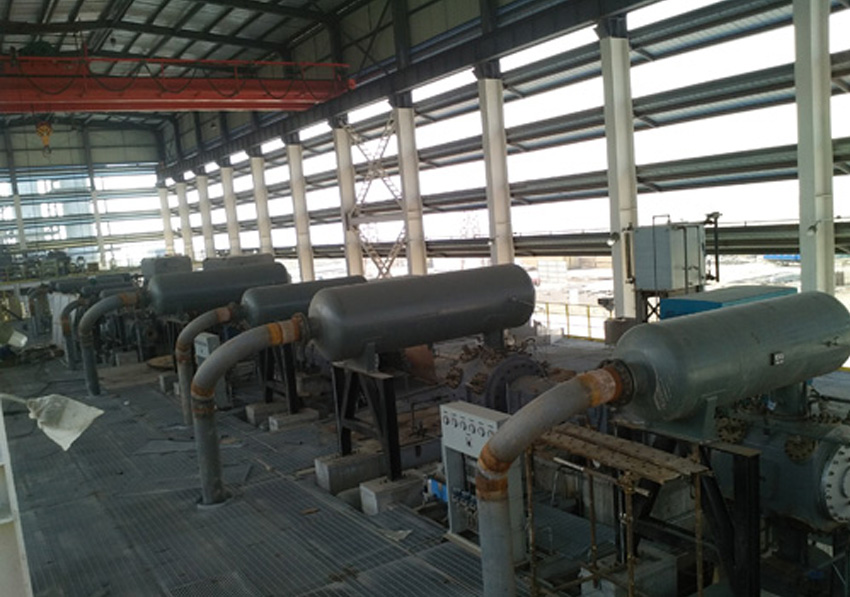There are various types of industrial cleaning agents, and their classification methods are relatively simple. They are mainly divided into inorganic chemical cleaning agents and organic chemical cleaning agents based on their chemical composition; If some cleaning agents may have different effects on different types of dirt, or have two or more effects on the same type of dirt, they should be classified according to their main effects in general situations.
1. Water and non-aqueous solvents
The solvent for dirt refers to substances that can dissolve or disperse the dirt from the cleaning object, and there is no stable, chemically determined new substance generated. It includes both water and non-aqueous solvents.
(1) Water: Water is a natural presence and an important solvent. In industrial cleaning, water is both a solvent for most chemical cleaning agents and a solvent for many dirt. In cleaning, non aqueous solvents and various additives are not used in situations where dirt can be removed with water.
(1.7) Non aqueous solvents: Non aqueous solvents include hydrocarbons and halogenated hydrocarbons, alcohols, ethers, ketones, esters, phenols, and their mixtures. They are mainly used to dissolve organic dirt, such as oil stains and certain organic compound stains.
2. Surfactants
Its molecules contain both hydrophilic polar groups and oleophilic non-polar groups. When added in small amounts, it can greatly reduce the surface tension and interfacial tension of solvents (usually water), and has functions such as lubrication, solubilization, emulsification, dispersion, and washing.
There are multiple classification methods for surfactants. It is generally classified based on its ionization state in solvents and the ion type of hydrophilic groups. Commonly used include anionic surfactants, cationic surfactants, zwitterionic surfactants, and non-ionic surfactants. The first three categories are ionic surfactants.
Surfactants have a wide range of applications in household and industrial cleaning.
3. Acid alkali cleaning agent
By reacting with dirt through acid-base reactions (sometimes accompanied by oxidation-reduction reactions), dirt is transformed into a cleaning agent that can be dissolved or dispersed in the cleaning solution. It is mainly composed of organic acids, inorganic acids, bases, and salts that become acidic or alkaline after hydrolysis.
Most acid-base cleaning agents are composed of aqueous solutions of acids and bases and necessary additives. Another type of acid or alkali that acts on dirt in a molten state under high temperature conditions, converting previously insoluble or difficult to dissolve dirt in the cleaning medium into easily soluble compounds. These types of acids and bases are commonly referred to as melting agents. This cleaning agent has a good effect on dirt that is difficult to remove with solvents or solutions.
4. Oxidizing reducing agent
The preparation mainly relies on the oxidation-reduction reaction with dirt to remove dirt, which is a cleaning oxidant or reducing agent, including a melting agent.
Oxidants are used to remove reducing dirt, such as many organic dirt. Reducing agents are used to remove oxidizing dirt, such as rust.
5. Metal ion chelating agents
By reacting with metal ions in the dirt, the dirt is transformed into a chelating agent that is easily soluble in the cleaning agent. This cleaning agent or auxiliary agent is called a chelating agent. It is commonly used in the cleaning of rust and inorganic salt deposits.
6. Adsorbent
The substance that removes dirt through physical or chemical adsorption is an adsorbent used for cleaning. Adsorbents with strong affinity for dirt should be selected for cleaning.
7. Enzyme preparations
Enzymatic preparations are proteins produced by animals, plants, and microorganisms with catalytic ability. In the cleaning of dirt, it can undergo corresponding biochemical reactions with organic dirt, promoting the decomposition and detachment of dirt. For example, adding proteases, lipases, amylases, cellulases, etc. to the cleaning solution can accelerate the removal of corresponding dirt.
8. Sterilization, algae killing, and sludge stripping agents
A chemical agent that can kill bacteria and algae on the cleaned surface and strip microbial sludge is called a bactericidal and algae killing agent, as well as a sludge stripping agent. It has inorganic and organic types, and inorganic types are usually strong oxidants.





